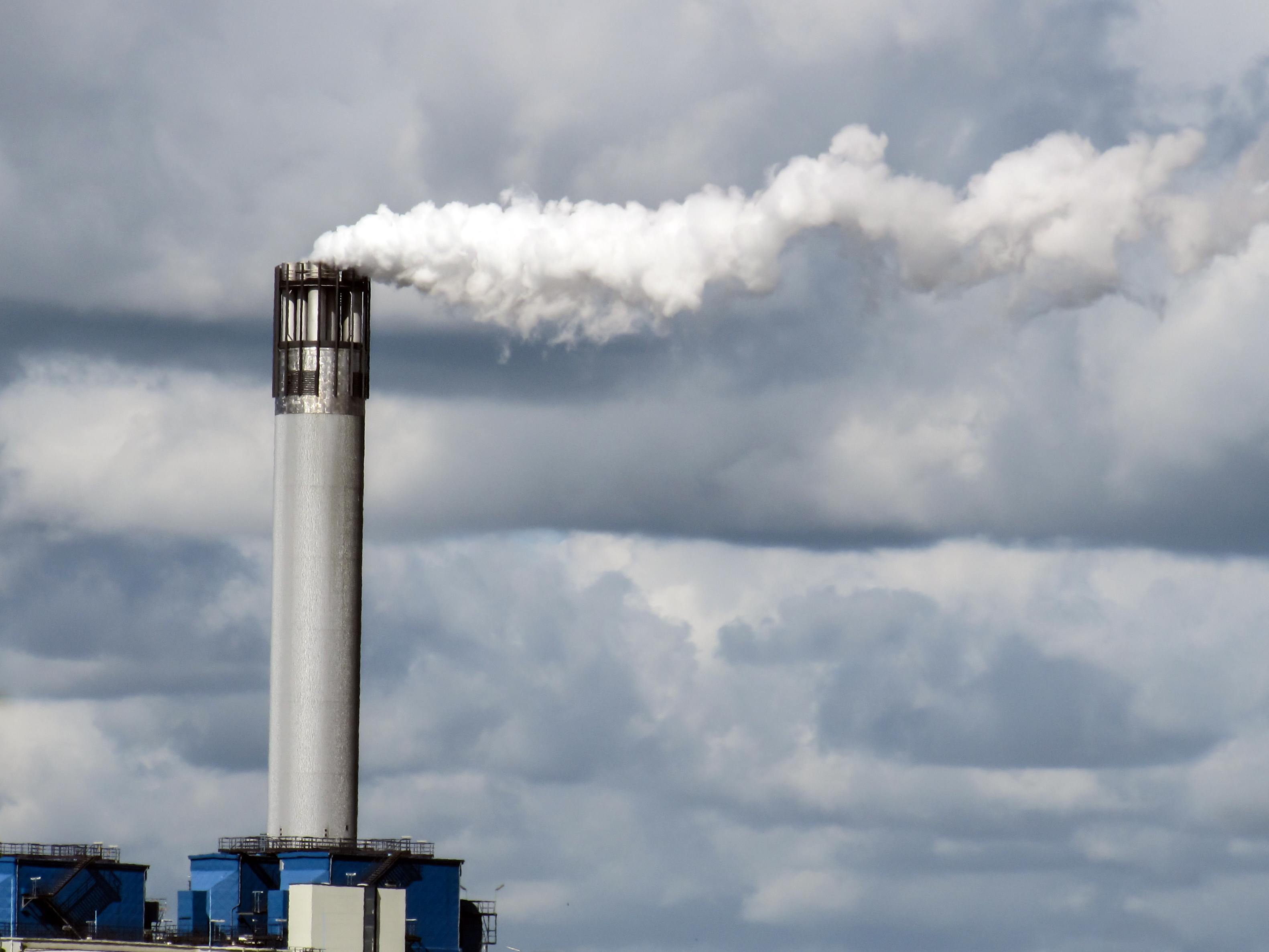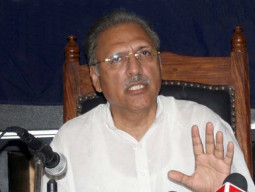
Under the protocol signed on September 16, 1987, Pakistan had agreed with 191 countries to phase-out chemicals responsible for depleting the ozone layer by 2010.
The first stage of phasing-out hydrochlorofluorocarbons (HCFC) was completed between 2013 and 2015, when several HFCF-based manufacturers were converted to ozone-friendly technologies.
The phase-I was completed in collaboration with the UNDP and the United Nation Industrial Development Organisation (UNIDO). The second phase of the conversion, which will include 28 industries, will cost over $21 million.
UNIDO Consultant Iqbal Sheikh told The Express Tribune that as of January 1, the country had already achieved its 10 per cent HCFC reduction targets.
He said the country’s baseline ozone depleting potential threat was 247.4, of which 79.1 has been phased out in stage-I at a cost of nearly $5.5 million. The remaining 168.3 threat will be eliminated in stage-II, at a cost of $22 million. Of the remaining threat share of HCFCs in manufacturing is 125.3, with 43 for the service sector.
An HCFC phase-out plan was launched on March 8, 2011. Under the plan, the country aims to phase-out the use of HCFC in foam, refrigerator and air-conditioning units.
In 2008, the country completed a countrywide data survey with the UNEP to identify the volume of 0HCFC being used in these industries. Sajjad Ahmad Bhutta, the ministry’s joint secretary for international collaboration, and programme manager for the Ozone Cell, said the country did not produce ozone depleting substances.
He added, however, that chemicals such as chlorofluorocarbons (CFCs), carbon tetrachloride (CTC), halons and methyl bromide (MB) were imported for use in industries such as foam, refrigeration, metal and surgical equipment, fire extinguishers, quarantine and packaging.
The cell had trained 350 customs officials to inspect imports of these harmful chemicals, while over 3,000 technicians had been trained to retrofit CFC-based refrigerators and air conditioners, he added.
Ozone is a naturally occurring gas, which constitutes a protective layer above the earth’s surface, absorbing ultraviolet radiation from the sun, which can harm life on earth.
The seminar was organised by the climate change ministry in collaboration with the United Nation Development Programme (UNDP).
Published in The Express Tribune, September 20th, 2015.
1718870162-0/BeFunky-collage-(60)1718870162-0-405x300.webp)
1730504285-0/Martha-(1)1730504285-0-165x106.webp)




1732340798-0/BeFunk_§_]__-(35)1732340798-0.jpg)










COMMENTS
Comments are moderated and generally will be posted if they are on-topic and not abusive.
For more information, please see our Comments FAQ